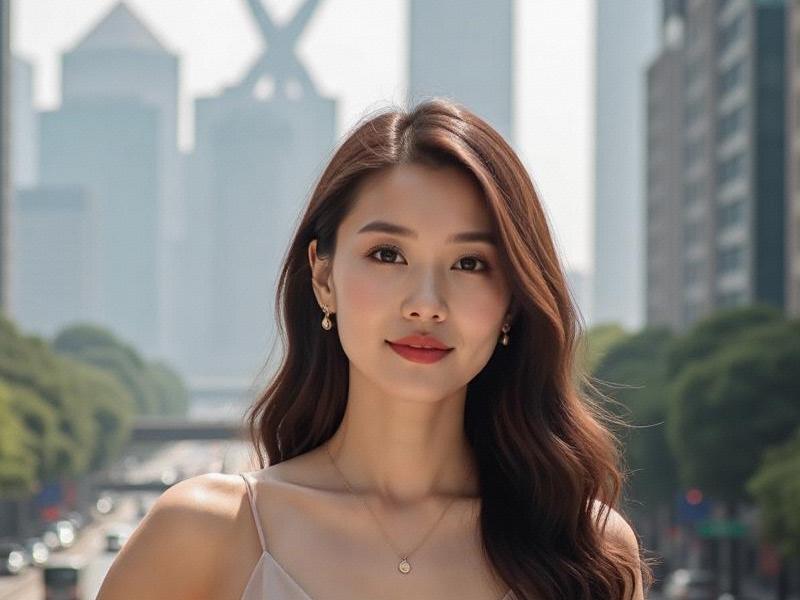This investigative feature explores how Shanghai women are creating a new paradigm of Asian beauty that blends traditional aesthetics with global influences, professional ambition with personal expression.

The Shanghai Beauty Phenomenon: A Cultural Analysis
1. Historical Evolution of Beauty Standards
- 1920s: Qipao elegance and "modern girl" movement
- 1980s: Post-reform openness to Western influences
- 2000s: Korean-Japanese beauty trends adoption
- 2020s: Distinct Shanghai aesthetic emerges
2. Contemporary Shanghai Beauty Archetypes
- The "Lujiazui Power Woman" (finance/tech elite)
- The "French Concession Creative" (arts/fashion)
- The "Jing'an Socialite" (high society influencers)
- The "Xuhui Scholar" (academic/intellectual)
上海龙凤419自荐
3. Economic Drivers of Beauty Culture
- $3.2 billion annual beauty market in Shanghai
- 47% premium cosmetic growth since 2020
- Rise of domestic luxury brands
- Medical tourism for aesthetic procedures
Professional Shanghai Women: By the Numbers
- 63% of managerial positions held by women
- Average age of first marriage: 30.2 years
- 78% hold university degrees
上海花千坊419 - 42% earn more than male counterparts
Fashion and Self-Expression
Signature Shanghai style elements:
- "East meets West" fusion wardrobe
- Minimalist luxury with subtle detailing
- Emphasis on quality over logos
- Custom qipao revival among young professionals
Challenges and Controversies
上海娱乐 1. Work-life balance pressures
2. Aging population concerns
3. Beauty standards debate
4. Marriage market competition
Future Trends
1. Sustainable beauty movement
2. Tech-enabled personalization
3. Traditional Chinese medicine revival
4. Body positivity influences
Shanghai women are crafting a unique identity that respects cultural heritage while embracing global modernity - offering an alternative vision to both Western feminism and traditional Asian gender norms.